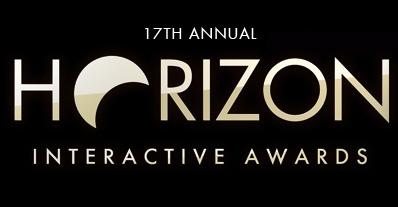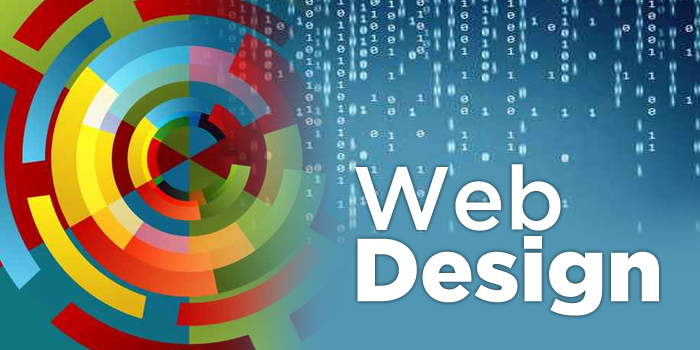

In a world that is rapidly progressing towards handheld-friendly design, is the quality of web design truly relevant? The choices between form and function, ideas and implementation and importantly, usefulness and usability ensure that a designer’s job goes far beyond the boundaries of technical know-how. Designing a web page is no longer about being able to cobble together a few lines of code and letting the client ‘deal with it’. The clients of today are far more informed, inquisitive and hard to impress – a scenario that has left some design companies in the dust and others working overtime to win web design awards for innovation. Design companies that have sailed unscathed through the last five years in web design are few and far between, simply because the journey has not been easy.
Web design, far from being marginalized in an age of increasing mobility, has adapted and demanded more from designers. Around the world, discussions about cross-platform adaptability, new CSS functions and uniform web design continue to dominate design forums and conferences. However, a larger, all-encompassing trend has emerged; one that goes beyond the purely aesthetic or technical elements of web design: a trend that seeks to make web design more human.
Teaching a Website to be Friends
Making a website interactive is less about the code and more about the cognitive functions of design. While the use of translucent CSS or retina graphics forms the building blocks of human-centric design, it is the intelligent application of informatics that makes websites truly user-friendly and a pleasure to interact with. Some of the elements that dominate the conversations of web designers include:
The Challenges of Human Interaction in Design
The balance between social connectivity and solitary interaction is one of the factors that drive web design. As advances in broadband technology permit higher speeds for multiple devices at lower costs, web designers require larger and more comprehensive data about how users interact with websites. While this data is helpful to identify which pages a user spends most of his time on, the questions that really need to be answered include: Which part of a website does a user spend the most time interacting with, and why? How much time does a user spend engaged in solitary browsing and social browsing? What elements of a website’s design drive a user’s spending pattern? How does web design influence a user’s experience of a specific product or service? It is these questions, among others, that will determine how the art and science of web design must evolve, co-exist, collaborate and adapt to the changing user experience across platforms and user contexts such as business and infotainment.
It is this trend – the humanizing of a user’s web experience – that represents the future and continuing success of web designers around the world. The development of new web design techniques, advancements in cloud computing and the growing relevance of m-commerce form the backdrop to the idea of how human beings will interact with computers in a not-too-distant future. While the field of ubiquitous computing covers some of the functional elements of this idea, the specific design needs of such a concept are still evolving.
Getting a great deal on a broadband internet connection will make a netizen's life a lot simpler. But when that advantage is combined with web pages that are designed to satisfy the highest standards of user expectation, that is a complete win-win for everyone.
This article written for the Horizon Interactive Awards by Lisa Richardson